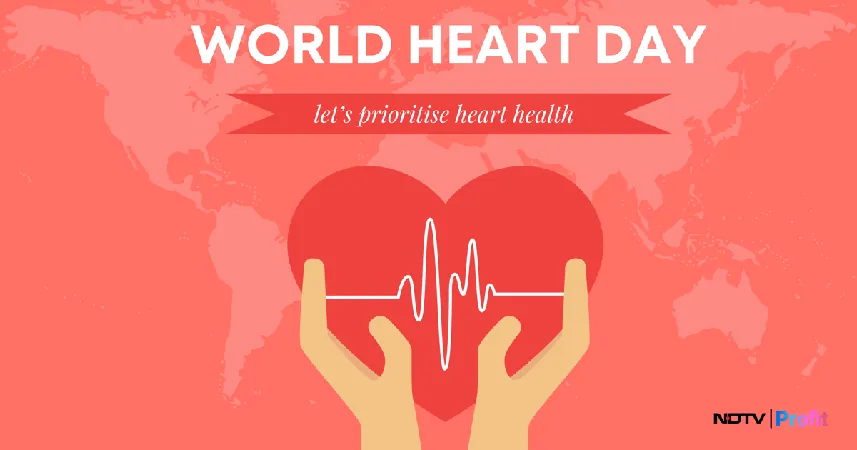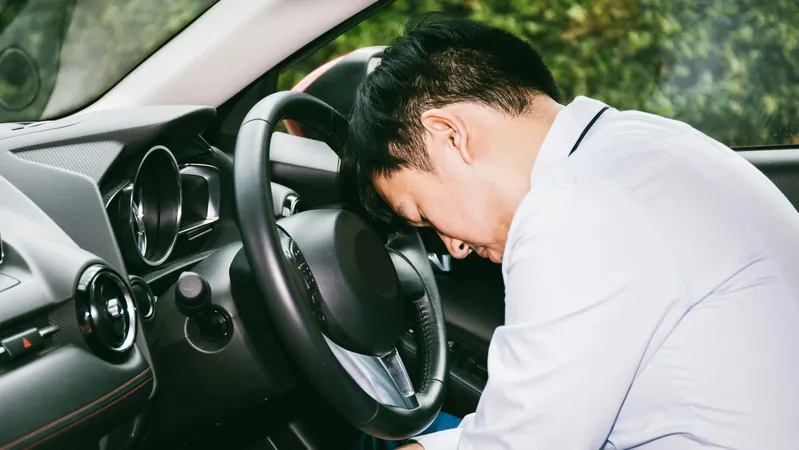
Surge in Demand for Myopia Control Contact Lenses Among Children Sparks Concern and Hope
2024-09-22
Surge in Demand for Myopia Control Contact Lenses Among Children Sparks Concern and Hope
SINGAPORE – The trend of children opting for contact lenses to manage myopia is gaining significant traction, particularly as cases of short-sightedness skyrocket in young populations.
Take Michaela Wang, a fresh-faced 13-year-old Secondary 1 student who made the switch from glasses to daily disposable contact lenses just three years ago. Like many children who face similar circumstances, she was diagnosed with myopia at the tender age of 10 and transitioned to contact lenses shortly thereafter. “I didn’t want to be seen in glasses,” she admitted, reflecting a common sentiment among youngsters who desire aesthetic appeal, particularly in a school setting.
Myopia control techniques have evolved considerably, focusing on decelerating the progression of short-sightedness rather than merely correcting it. Options include specially designed contact lenses and spectacles, alongside treatments like atropine eye drops. While standard lenses help improve vision, they fail to inhibit the advancement of myopia, which is most pronounced during childhood.
Industry experts report a noticeable rise in demand for these innovative myopia-control contact lenses, catering to children as young as eight. This uptick is largely attributed to heightened awareness surrounding myopia management. Although these contact lenses still represent a niche market, their role in potentially mitigating the quick deterioration of vision during formative years is gaining recognition.
Statistics paint a worrying picture: studies from the Singapore National Eye Centre show that 10% of children are myopic by age five, soaring to 60% by age 12, and a staggering 80% by age 18. Furthermore, recent research conducted on a sample of 92 children in Spain found that specialized myopia-control contact lenses could slow progression by an impressive 50%.
The implications of unchecked myopia are increasingly alarming. High myopia, often defined as a vision impairment of -6.00 diopters or more, is linked to heightened risks of severe eye conditions, including retinal detachment and glaucoma. Experts foresee that the prevalence of high myopia could skyrocket to over 516 million cases globally by 2030, necessitating urgent action now.
In Singapore, the pressure to address myopia is more pronounced than ever. Observers note that about 20% of short-sighted young adults are likely to develop high myopia, leading to complications in the future. Notably, CooperVision, a major player in the contact lens market, has reported a doubling in demand for their soft myopia-control lenses for children over the past five years—a clear indication of shifting attitudes among parents.
Ms. Dawn Lim, CooperVision's general manager for Southeast Asia, confirmed that their MiSight 1-day lenses have seen a whopping 100% growth in sales in Singapore since their launch in 2019. She highlights the importance of hygiene practices for kids, emphasizing that while many can handle contact lenses independently, parental guidance remains crucial.
A significant aspect of these developments is the ongoing impact of the COVID-19 pandemic, which has led to an increase in screen time and, consequently, a surge in myopia cases. As children retreat into the digital realm during lockdowns, OJO Optometrist noted a staggering 30% increase in sales for contact lenses over recent years—a compelling case for the urgent need for effective vision management.
As societal norms shift, acceptance of children wearing contact lenses is growing. Many parents, especially those who grew up wearing thick glasses, are now more inclined to support their children's use of myopia-control lenses.
Civil servant Michele Sim, mother of Michaela, shared her own experiences with deteriorating vision due to reliance on spectacles from an early age. Having worn contact lenses for over two decades, she understands the challenges associated with myopia firsthand.
In summary, as demand for myopia-control contact lenses among children escalates, awareness and education are key. The imperative to grasp and manage this growing epidemic cannot be overstated; effective solutions now could safeguard the future vision health of countless children worldwide.





 Brasil (PT)
Brasil (PT)
 Canada (EN)
Canada (EN)
 Chile (ES)
Chile (ES)
 España (ES)
España (ES)
 France (FR)
France (FR)
 Hong Kong (EN)
Hong Kong (EN)
 Italia (IT)
Italia (IT)
 日本 (JA)
日本 (JA)
 Magyarország (HU)
Magyarország (HU)
 Norge (NO)
Norge (NO)
 Polska (PL)
Polska (PL)
 Schweiz (DE)
Schweiz (DE)
 Singapore (EN)
Singapore (EN)
 Sverige (SV)
Sverige (SV)
 Suomi (FI)
Suomi (FI)
 Türkiye (TR)
Türkiye (TR)